|
9. Carcharodus alceae (Esper, 1780) / Mallow skipper / Hesperiidae – Pyrginae
NL: kaasjeskruiddikkopje / D: Malvenfalter, Malven-Dickkopffalter, Malven-Dickkopf / F: grisette, hespérie de l’alcée
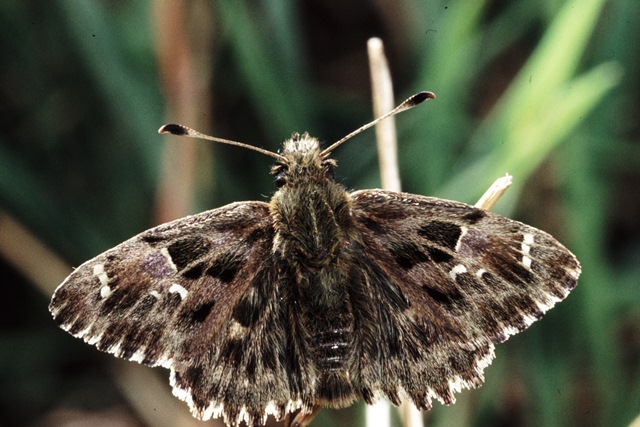  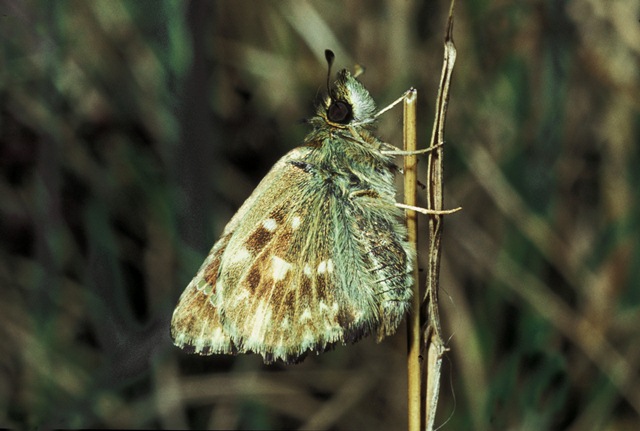
Photographs: Frits Bink ©.
Small, wing length 14 (12-16) mm. This species occurs on scree, river bank, sea shore and in the country side on roadside verges, pastures with some mallow herbs and waste places. It is always present in warm places in Luxemburg and Wallonia, sometimes also in Flanders and the Netherlands.
Butterfly is on the wing for a long period: from early-May until early-October and peaks mid-July. The species is known from maritime and continental climates, amplitude 6 to 17 and it may produce two generations where the heat sum is at least 900°d. The species also occurs in hot climate up to 2900°d, corresponding with climate windows of 26 weeks and the whole year.
This skipper is remarkable because of its nomadic way of life. It occurs in all types of vegetation, it is common on the seashore from Normandy to Spain and also in the gardens where the common hollyhock (Alcea rosea) is grown.
Ecological characteristics
Behaviour over time
Overwintering: full grown larva in a cocoon in litter layer.
Reproduction: oviposition starts after 6-8 days, when the body contains 96 (91-112) eggs, potential production 1.6 times as much.
Larval feeding periods: 5 weeks in the period from May until October.
Generations: two, in warm summers three.
Spreading of risk: flexible diapause, spread of emergence of up to 14 weeks.
Life cycle: egg 12 (7-18) days; larva 35 (30-44) days or 33 weeks including overwintering; pupa 16 (11-32) days.
Life span of adult: rather long, up to 3 weeks.
 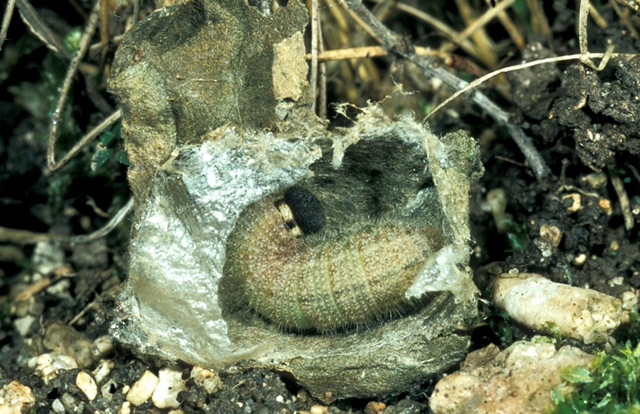
Photographs: Frits Bink ©.
Behaviour in space
From stay-at-home to migrant: nomad, spatial requirement considerable.
Finding a mate: male perches at an open place on bare ground.
Orientation in the landscape: sea shore, river bank, road verge, but also heavily grazed meadows and gardens.
Oviposition: laid singly on the upper surface of the leaf, the purple coloured egg resembles a nodule on the leaf.
Defence
Threats from other organisms: larva lives hidden in its tube of a folded leaf but is susceptible to parasite attack by braconid wasps.
Threats from the environment: larva and adult are tolerant of both heat and drought.
Feeding habits
Adult: nectar, all kinds of flowers, feeding often on thistle, knapweed and marjoram.
Larva: constructs an envelope by folding a leaf and eats the nearby part.
Larval foodplants
Plant species: Malvaceae, several kinds of mallow, e.g. Alcea rosea, Althaea officinalis, Lavatera cretica, Malva alcea, M. moschata, M. neglecta, M, pusilla, M. sylvestris.
Journal
Breeding experiments based on specimens from Wasserbourg, France:
21 August 1984, first instar larvae collected from Malva moschata on a roadside verge.
27 August: larvae in moult L1-2.
9 September: larvae in 3rd and 4th stage.
18 September: the full grown larvae hide in folded leaves on the bottom.
22 September: no feeding activity, some of the larvae have created shelters by spinning together wilted leaves to form tubes.
27 September: a couple of larvae were exposed to artificial light of 18 hours per day but in spite of this they all entered diapause.
Overwintered outdoors.
2 February 1985: taken indoors.
10 February: temperature reached 25°C (in full sun 39°C) and 5 larvae started to creep around. The larvae were now red coloured.
17 February: half were now pupae of about 2-4 days old and covered with wax.
12 March: last larva looked for a pupating site.
18 March: last larva pupated.
19 March: first adult observed, male.
23 March: two more emerged, both males.
24 March: four females & one male emerged. Egg load of fresh female: 104 very small eggs and a lot of fatty tissue.
31 March: one pair in copula.
4 April: in total 70 eggs laid on upper surface of the leaves.
18 April: first eggs hatch.
24 April: larvae in moult L1-2.
28 April: larvae in L2 bask in the sunshine and construct tubes by biting a part of the leaf and rolling it into a tube.
9 May: larvae L3.
16 May: first larvae in L5.
22 May: larvae spin cocoons in withered leaves.
25 May: observed two pupa 2-3 days old, three fresh pupa, five pre-pupa and three larvae.
27 June: last adult emerged, female.
Table 9-1. Results of dissections

Table 9-2. Collection and observation localities
E, Las Negras 36° 52’N – 2° 00’W; 22 February 2005.
F, Aurel 400 m, 44° 43’N – 5° 16’E; 29 August 1984, 2 September 1984.
F, Brittany, Telgruc-sur-Mer 48° 12’ 25”N – 4° 22’ 25”W; 29 September 2004.
F, la Grande Brière 47° 23’ 42”N – 2° 17’ 22”W; 24 September 2004.
F, Wasserbourg 500 m, 48° 00’ 13”N – 7° 09’ 46”E; 21 August 1984.
L, Kautenbach 258 m, 49° 57’ 19”N – 6° 01’ 57”E; 19 September 2011.
L, Kautenbach 240 m, 49° 56’ 25”N – 6° 01’ 34”E; 23 May 2000.
Fig. 9-1. Carcharodus alceae, phenogram adapted from Fichefet et al. 2008: 37.
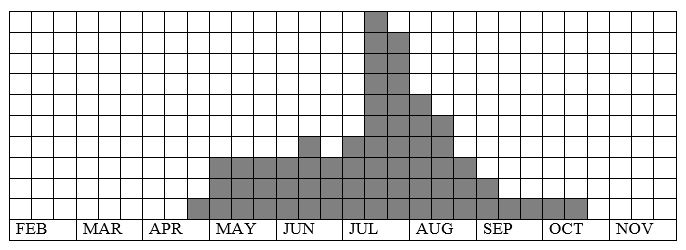
Fig. 9-2. Carcharodus alceae, habitat characteristics.

Fig. 9-3. Carcharodus alceae, climate matrix, heat-sums 900 (2 gen.) - 2900°d.
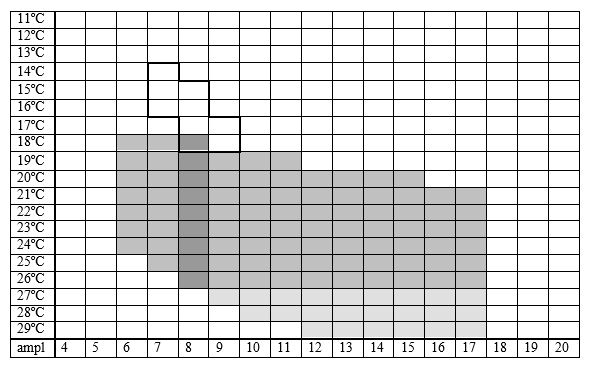
|










